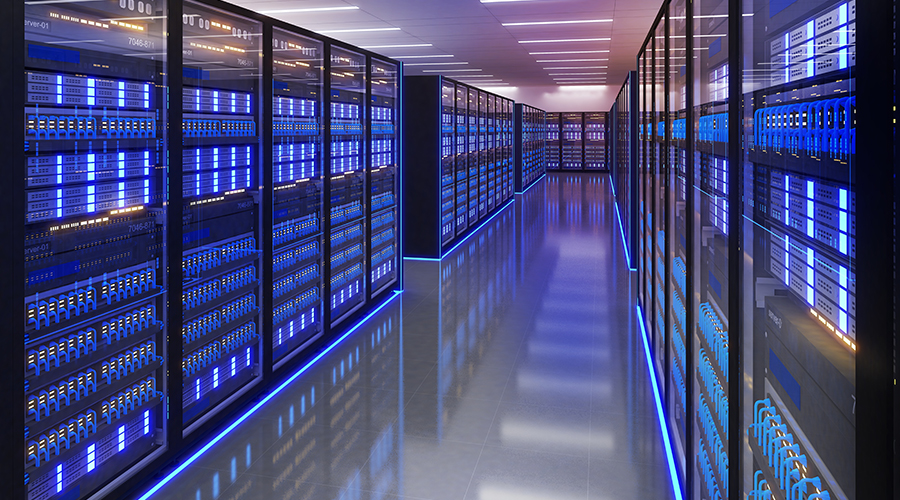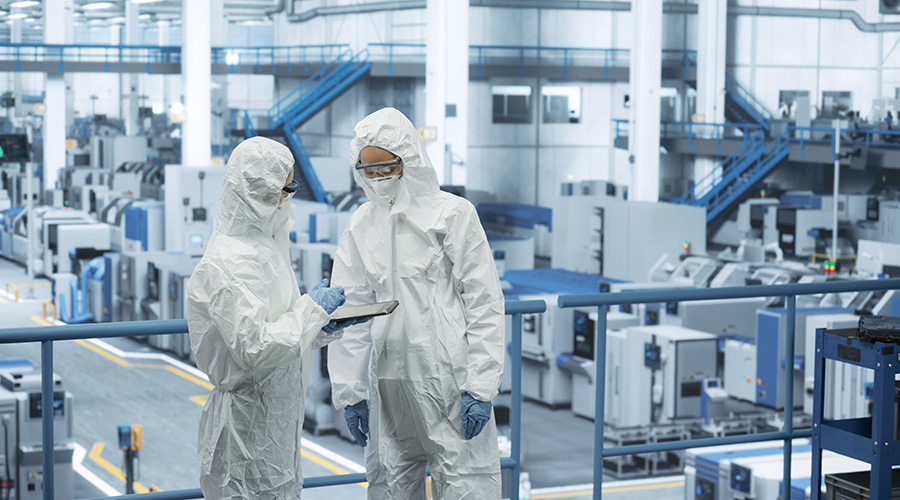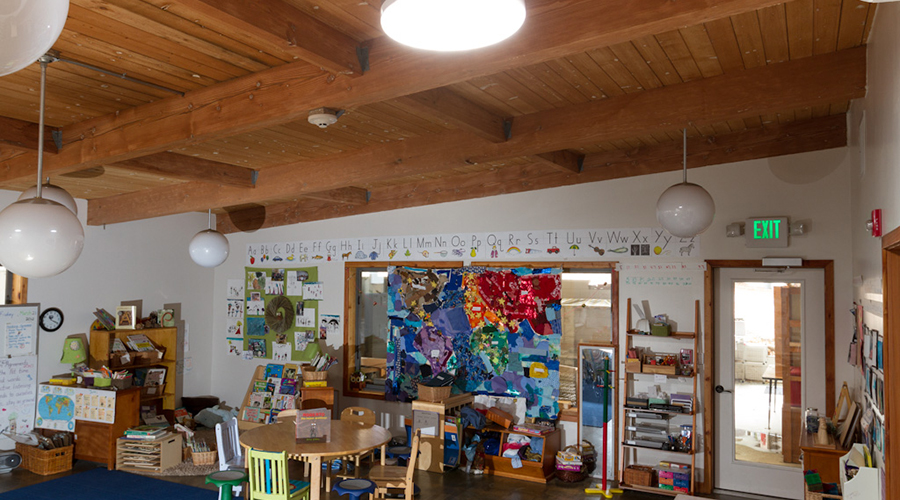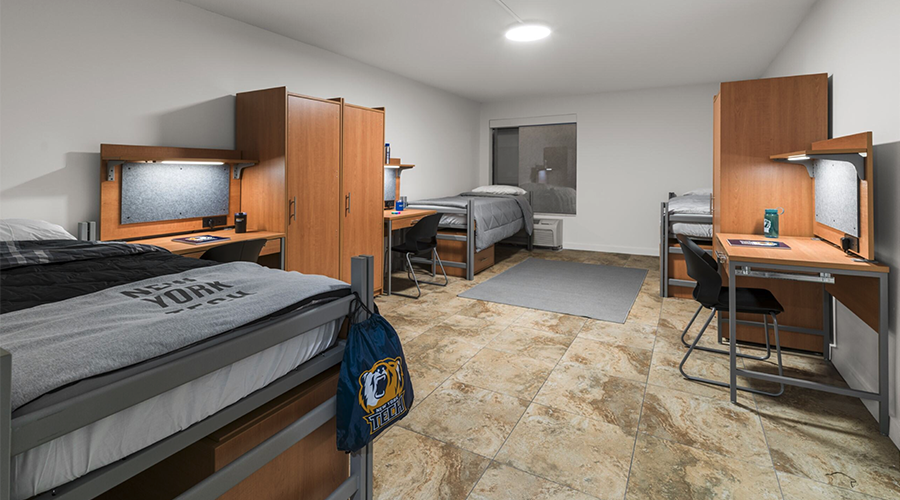
Construction for Data Center Increases as More People Use AI
The use of artificial intelligence is widely impacting the data center market. March 24, 2025
By Mackenna Moralez, Associate Editor
Technology has rapidly innovated since the COVID-19 pandemic first began in 2020. Artificial intelligence (AI) was once only reserved for high-tech companies, but in the last two years it has become widely mainstream, allowing for everyday consumers to use the product.
The increase in technology comes with a surge in construction of data centers. According to a report by CBRE, supply in primary data center markets increased by 34 percent year-over-year to 6,922.6 megawatts. Meanwhile, the vacancy rate in primary markets dropped 1.9 percent. Asking rates for a 250-to-500-kilowatt requirement increased 2.6 percent year-over-year to $184.06/kW.
As much as AI is transforming the rest of the world, it is also largely changing the data center industry. The technology has driven demand for the facilities as AI-related occupiers are influencing site selection, design and operational requirements, according to the CBRE report. Occupants are looking for facilities that prioritize markets with scalable power capacity and advanced connectivity solutions.
Not only that, cities and states that aren’t always associated with technology are now booming with data centers because of the increased demand. According to the CBRE report, Charlotte, Northern Louisiana and Indiana are becoming hubs for data centers due to tax incentives, available land and greater power accessibility. In addition, markets in Austin/San Antonio and Atlanta nearly tripled in size since just 2020, according to a report by JLL.
While the need for data centers are growing, construction projects are still struggling to get off the ground. According to the JLL report, the North American power grid is taxed, creating challenges around capacity, scale and transmission. There are limited areas where data centers can be housed properly because of the energy they require.
Building within the power grid is the most cost-effective option. However, the average wait time for new construction within this area is upward of four years. Delays and time constraints can potentially lead to
Building a facility within the power has an average wait time of four years and can lead to an exorbitant number of financial losses. Because of this, data centers are turning to alternative energy solutions like solar and wind.
Even in a post-COVID world, supply chains are still not where they were five years ago. According to the JLL report, most equipment is available for delivery in six months or less. Meanwhile, generators, switchgears and transformers take an average of 11 months to be delivered. This number can only continue to grow as the Trump administration continues to pursue tariffs against steel and aluminum. It is up to data center operators to make clear mitigation plans and be flexible with their construction approach.
Mackenna Moralez is the associate editor of the facilities market and the host of the Facilities in Focus podcast.
Next
Read next on FacilitiesNet












